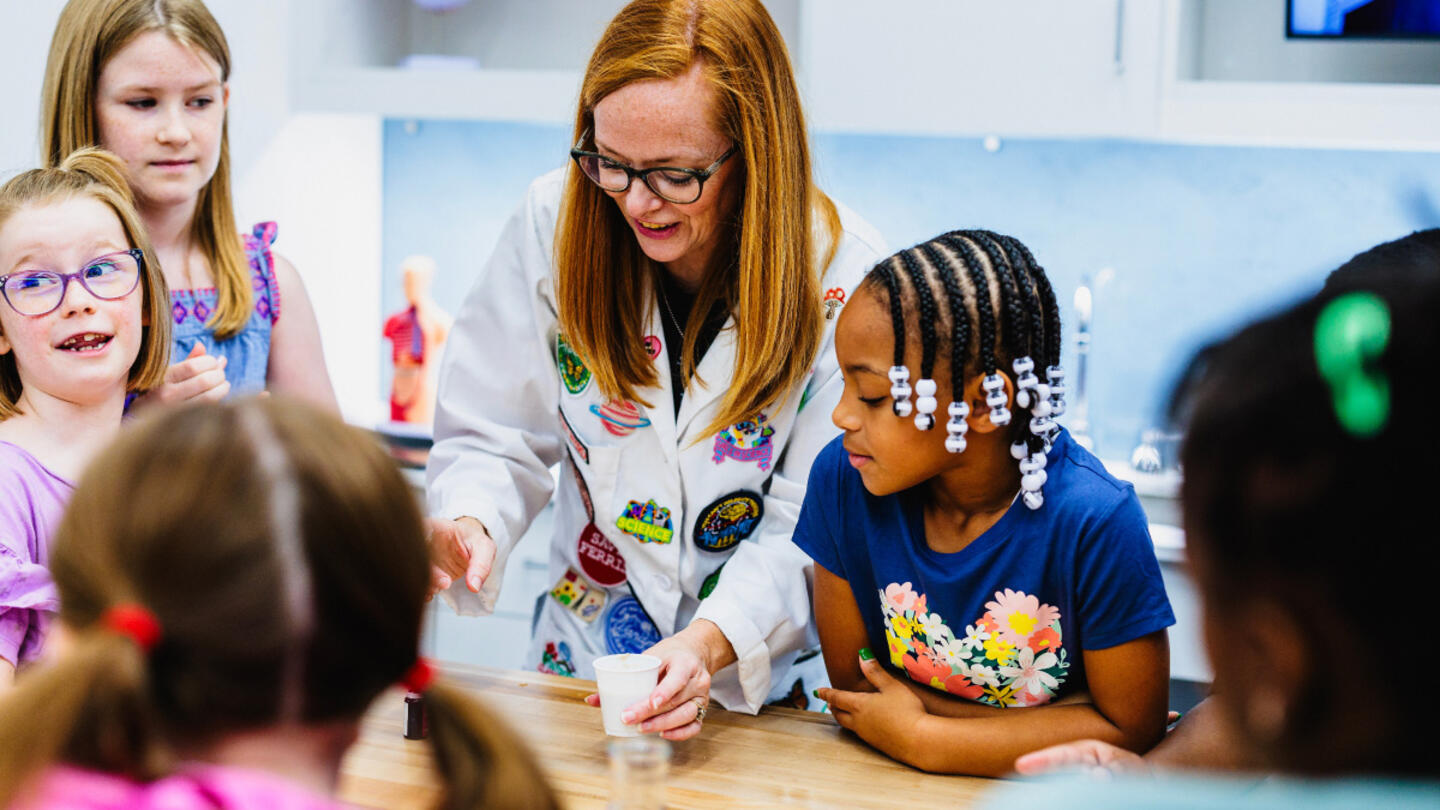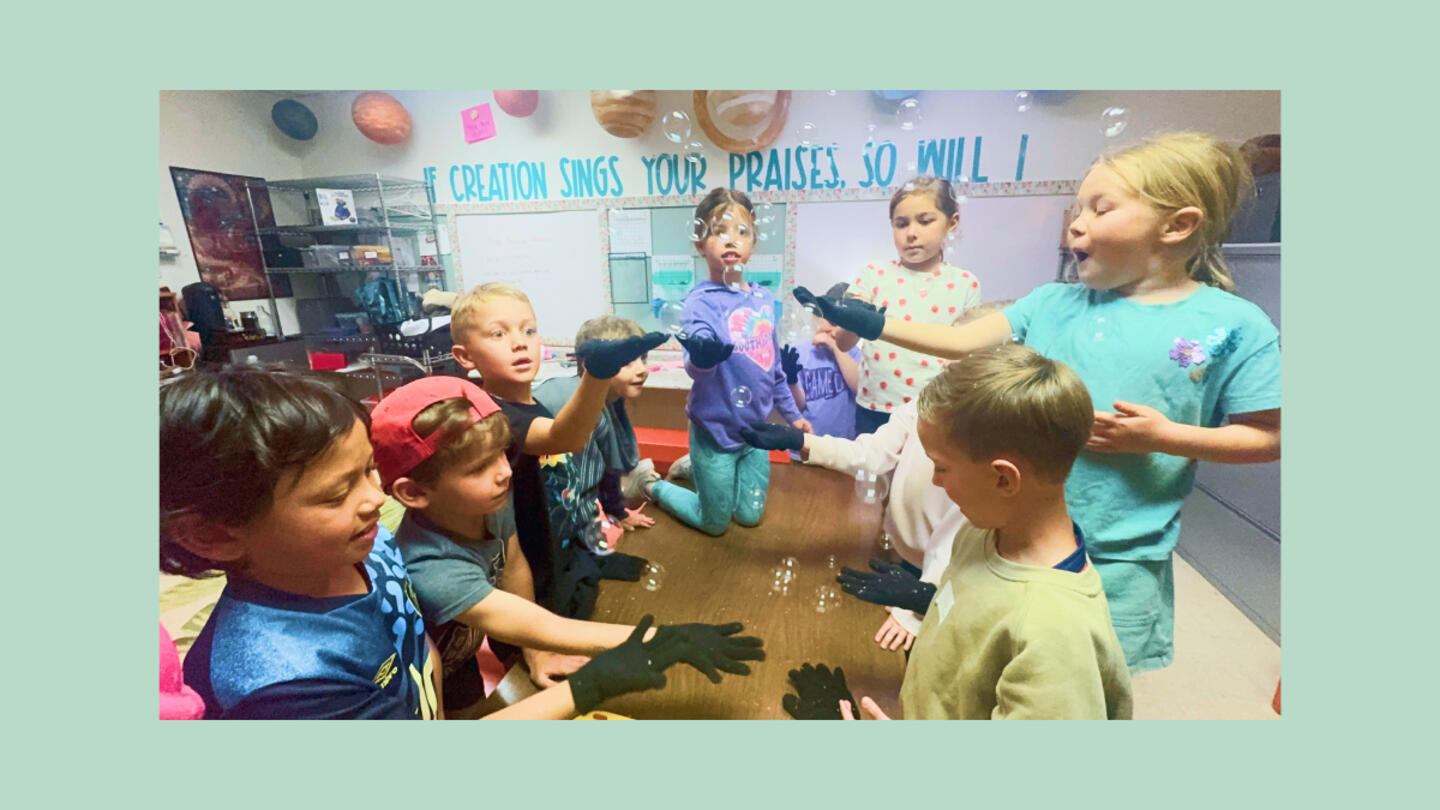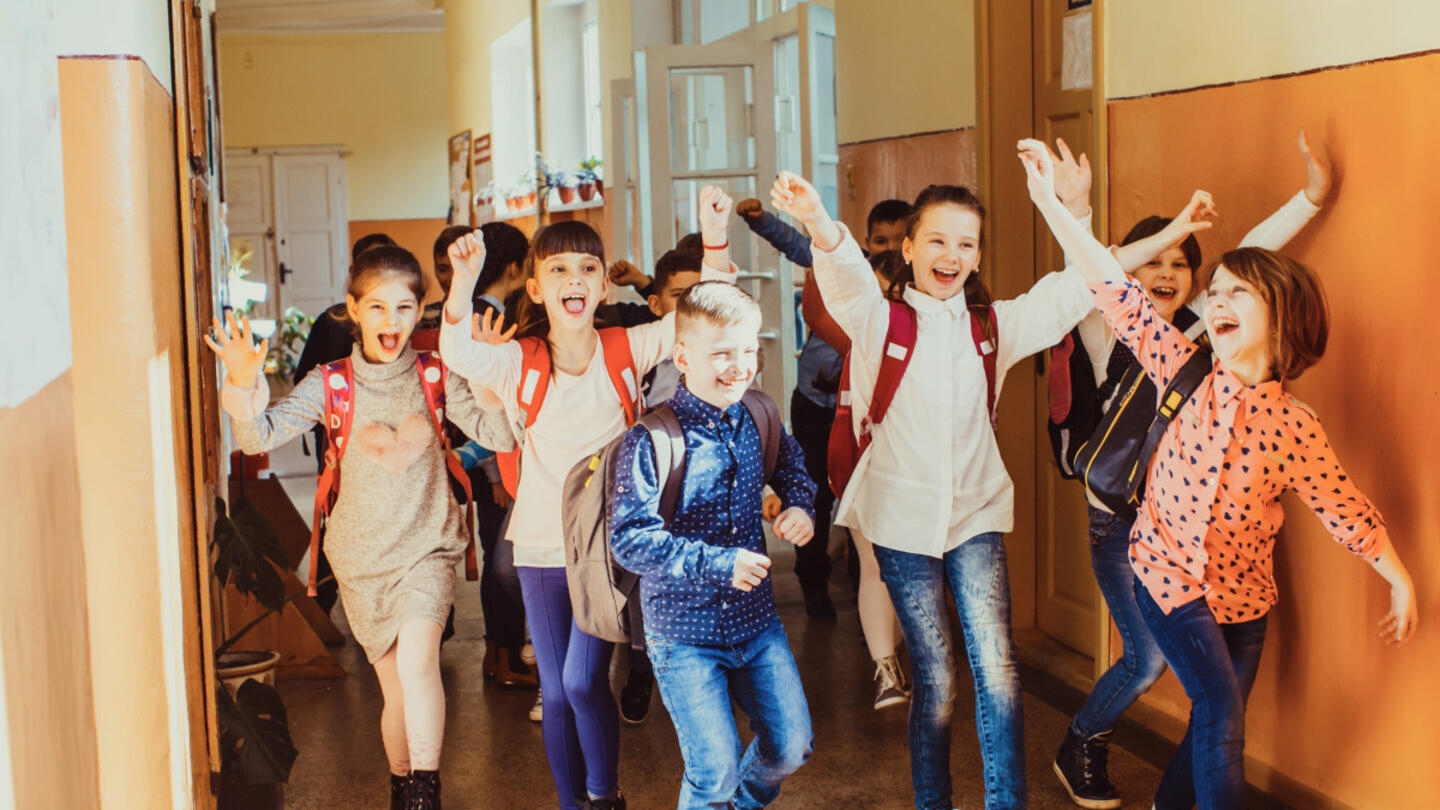This is the second of two articles detailing our conversation with Peter Gray about play and mental health. If you missed the first one, read it here.
In our fast-paced, achievement-oriented society, kids’ lives are packed with structured activities, from school and homework to sports and extracurriculars.
But what is the cost of this relentless scheduling?
Experts argue that overscheduling children is detrimental to their mental and emotional well-being. By filling every moment with structured activities, we might be robbing them of the chance to develop essential life skills like creativity, independence, and resilience.
Play — the unstructured, self-chosen, and self-directed kind — is vital for social and emotional development. When children play without adult direction, they have room to discover themselves. They learn to build friendships, manage emotions, develop empathy, and negotiate relationships with their peers.
Peter Gray, a research professor at Boston College, has spent his career studying what happens when children play without adult direction — and what happens when they don’t. His research documents the decline of play in the United States over decades and shows a correlation with rising rates of anxiety, depression, and suicide among young people. He believes it’s a cause-and-effect relationship.
“You take independent activity away from children, and you constrain them all the time — you more or less leash them — and what you’re going to get is depression,” said Gray.
In our quest to provide our children with the best opportunities, have we overlooked the value of unstructured playtime? Are we making them miserable?
We recently sat down with the professor to learn more about play and the mental health implications of its decline.
Stand Together: Why do Little League and dance lessons not count as play?
Peter Gray: Play is an activity that children create themselves. It is self-chosen and self-directed. One of the main functions of play is to learn how to create and regulate activities — create the ground rules. Children are designed to get away from adults and play on their own.
If an adult is directing the activity, it isn’t real play.
What was play like when you were a kid?
I was a kid in the 1950s. Most of our play consisted of our own games outdoors.
Houses were smaller and families were bigger. You didn’t want all those kids hanging around inside. They were a nuisance in the house. Parents would kick them out.
I was in northern Minnesota. It didn’t matter if it was 20 below. “You’ve got to get out. Just put on your clothes. You’ll be fine.” That was the mantra of moms. So kids were outdoors, and all you had to do was go out and you’d find kids to play with.
When did kids stop playing as much and why?
Between 1950 and 1990, children’s lives were gradually being restricted.
Arguably the biggest decline in children’s play and freedom occurred in the 1980s. First, two six-year-old boys were kidnapped and murdered. This is extraordinarily rare, so of course it made headlines. We began to hear public service announcements on the radio and television saying things like, “Do you know where your child is right now?” The implication being that if you don’t, you’re probably a negligent parent. By the 1990s, children were not free to go out and play because of safety concerns.
The wealth gap also grew in the 1980s, and parents became more concerned about their kids doing well academically. Then came the belief that in order to succeed in this new world, you have to go to college — really, you have to go to a fancy college.
As time went on, school began to take more and more of children’s time. Homework was introduced. Testing became more important. By 1990, the school year was five weeks longer than the 1950s. That’s five weeks of play you’re taking away for more school.
What do these changes have to do with mental health trends in youth?
The decline of play correlates with increases in anxiety, depression, and suicide rates, but something interesting happened in the 1990s. Things got better.
Kids became less anxious, less depressed. The suicide rate went down and stayed down for the first decade of the 21st century.
It wasn’t a fluke. I used to treat it as a fluke because I wanted to ignore it. I didn’t have a good explanation for it, and other people have ignored it, too. But when I graphed suicide rates, the decline was really quite large, and I could no longer think of it as a fluke.
So why did this happen? I have a theory. In the early 1990s, computers became available in homes. Teenagers were the first ones to figure out how to use them.
This was a new way to play. Kids weren’t allowed to go outdoors and play, but they could play on the computer, and pretty soon, many of the games were multiplayer games. Even if they weren’t allowed to hang out outdoors, they could now play with one another.
A lot of studies were done by people who believed they would find harmful effects, but the research showed that kids playing these games had more real friends and were less socially isolated than the kids who weren’t playing. They were also more emotionally balanced. They were less likely to be depressed or anxious. There have been a number of large-scale studies showing that the kids playing video games were doing psychologically and socially better than the kids not playing them.
Why didn’t the lower suicide rates of the 1990s hold steady? What changed?
Beginning around 2010, suicide rates went up again. If you read popular media, you might think it’s the result of cellphones — that kids are on their cellphones and social media all the time. It’s similar to the belief a lot of people had about violent video games being harmful. The evidence is so strong against that view [about video games] now that it’s lost its force, even in the popular press.
We always want to blame kids’ problems on what they are doing. We don’t want to blame ourselves. We don’t want to blame schools. “Kids are on social media with their faces buried in cellphones. If only we could take cellphones away from kids, that would solve the problem.”
The only people who are not arguing this are the people who are actually doing the research. The evidence just isn’t there.
People who ascribe to the social media theory say it couldn’t be anything else. Nothing else changed in this period that would have been big enough in the culture to account for it, but something else did change.
What could have caused a bigger shift than cellphones and social media?
Schools changed dramatically for the worse beginning around 2010 when the No Child Left Behind Act and (later) the Every Student Succeeds Act began to have real teeth.
Schools began enforcing Common Core.
My sister is a teacher. Before Common Core, she could modify her lessons to be interesting to the kids. She could engage in intellectual discussions with them and do interesting demonstrations. She could modify things for different kids. That made her happy as a teacher, and it made her students happy.
Beginning in 2012, a school administrator would go from class to class every day to make sure every teacher was on the same page, teaching the same lesson as every other teacher. My sister could no longer decide what was appropriate for her students. She had to do exactly what every other teacher was required to do.
Sign up for Stand Together's K-12 newsletter and get stories, ideas, and advice from changemakers who are transforming education across the country.
How does the research support this connection between school and mental health?
A great majority of teachers say teaching and being a student became more anxiety-provoking after Common Core. There have been several studies of anxiety among high schoolers since then, asking, “What is the primary source of your anxiety?” In every study that I’ve been able to find, the majority say school pressure.
The American Psychological Association does a survey every year called Stress in America. It’s usually just adults, but in 2013, they also surveyed teenagers. They found that teenagers in high school were the most stressed-out people in America. In a list of different things that could be the source of their anxiety, 83% checked school pressure. Nothing else came close. The second thing was worry about getting into a good college or getting a good job in the future.
There has long been data showing that rates of suicide among school-age kids plummet every summer and then go back up again when school starts.
Interestingly, the rate of suicide [for youth ages 12-18] went down during the Covid lockdown. It stayed down until in-person school started again. There’s even been a study that shows county by county that when school started up again, that’s when the suicide rate also began to go up. This is a pretty big effect. It’s not just the suicide rate, but also mental health admissions into emergency rooms.
Do you have recommendations for policymakers to course-correct on education?
What I would really like to see happen at the federal level is an examination of No Child Left Behind and Every Student Succeeds. Both were in response to a federal study that showed East Asian students scored much higher on standardized tests than American students.
There was this sense that our children were falling behind. The results were published in a book called “A Nation at Risk.” Certain things were overlooked by the authors of that book.
One of those things was that the rate of suicides among teens in these East Asian nations was already extraordinarily high — way higher than in our country. At the time, those countries were trying to loosen up their schools to be more like American schools.
We’re also driving creative abilities out of kids by reducing their opportunities to play, which is the most creative thing you can do. A study by Kyung-Hee Kim at William & Mary shows an inverse relationship across nations between students’ academic test scores and their creativity. The higher they score academically, the less creative they are.
It’s time for a reassessment of school systems. What were the effects of Common Core? How can schools support play instead of limit it? What do we need to change so that we’re not just taking test scores into account?
We need to pay attention to how happy students are — how mentally adjusted, socially competent, and innovative they are.
How are expectations about education and mental health shifting in American society?
An ever-larger number of families are choosing not to send their kids to a public school. They’re recognizing that school isn’t working for their kid — instead of just pushing them to stay in school and sending them to a therapist to keep them there.
Homeschooling has also grown rapidly in recent times. There was a big burst of homeschooling during Covid lockdowns. Many of those families have stayed with it. Even before that time, there was a growing number of homeschoolers.
A lot of the pressure on kids and the source of their anxiety and depression comes from our belief that it is so important for children to go on to college. I think that is changing.
It’s no longer true that a college education guarantees you a good job. More and more people are recognizing that they don’t have to go on to higher education. The number of apprenticeship programs have doubled in recent years. Students no longer have to bend to all this pressure about high achievements so that they can get into a fancy college.
All this is encouraging in the sense that parents are protecting their own children from what’s happening with schools. This could have a positive effect on schools because they don’t want to lose students.
Ultimately, people are going to come around to the idea that if schools want to keep students, they have to make it a more pleasant experience for them.
The Stand Together community partners with changemakers who are tackling the root causes of America’s biggest problems.
Learn more about Stand Together’s education efforts and explore ways you can partner with us.

This colearning space has the potential to bridge the divide between public and private education.

New Johns Hopkins data shows homeschooling’s recent surge has transformed the education landscape.
Step 1: Find the best learning environment for your child. Step 2? Figure out how to pay for it.

Here’s what happens when AI replaces teachers.
